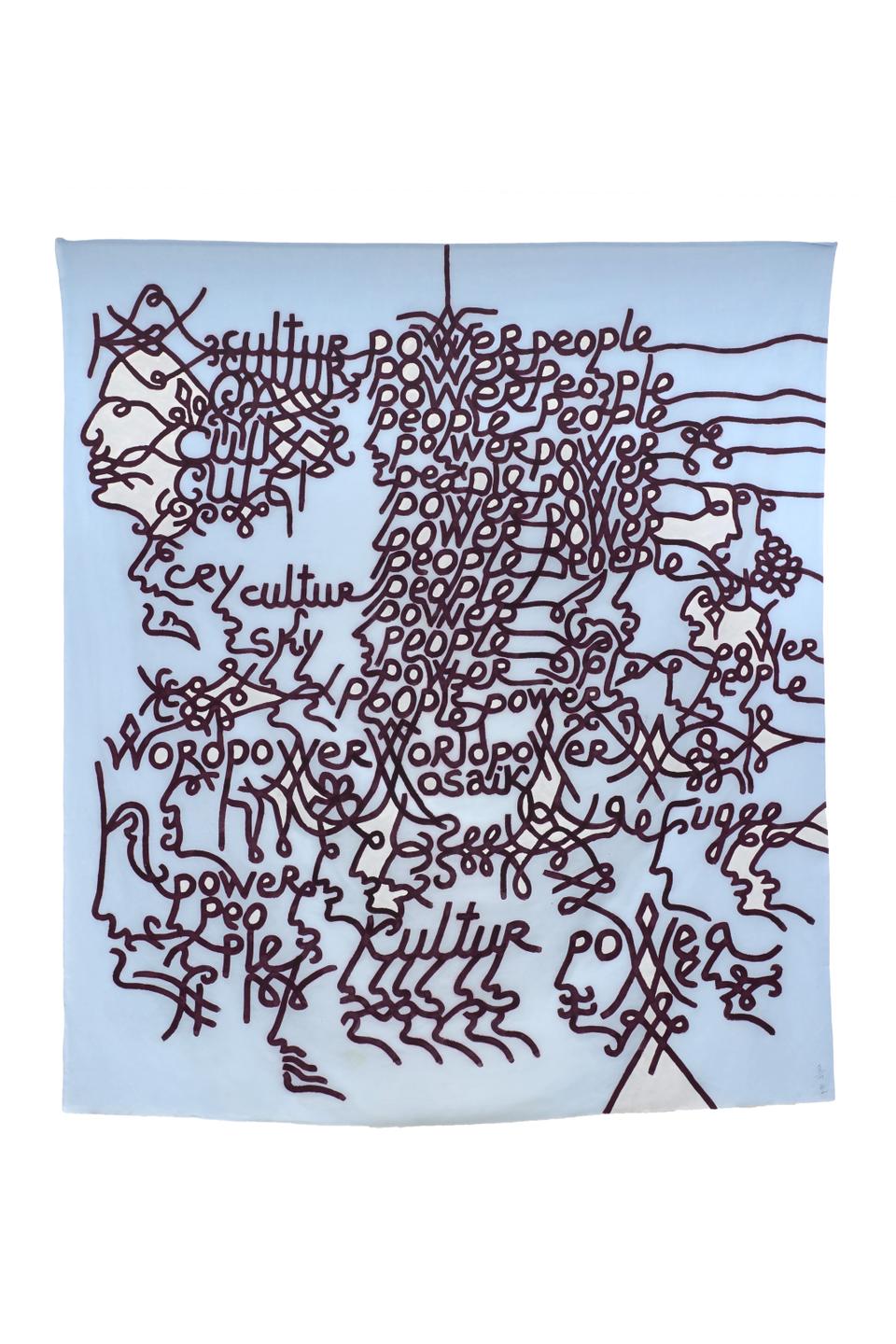A new exhibition in Türkiye’s cultural capital Istanbul offers creative takes on philosophical themes that have troubled humanity throughout the ages, through the prism of art.
“Life, Death, Love and Justice” is a group exhibition at Istanbul’s Yapi Kredi Culture and Arts Gallery in Beyoglu, right on the famed Istiklal Street. Opening with Hale Tenger’s namesake sound installation, the exhibition is spread out over two floors and can be visited until January 2, 2023.
In their introductory notes, the Yapi Kredi Culture and Arts Gallery points out “The injustices caused by social, political, gender inequality, or ecological reasons — which are experienced in different forms all over the world — have become more evident with the global epidemic in the last few years.”

The Yapi Kredi Culture and Arts Gallery in a press statement says that “the exhibition hopes for a platform where no one is discriminated against because of their life choices — with respect and solidarity for the pursuit of rights and justice.”
Curator Didem Yazici, during a tour of the exhibition, mentions that life and death became a matter-of-fact part of our lives during the pandemic, regardless of where you’re from or what age you are. She adds that thanks to the coronavirus, we were able to see “global injustices” that we may have previously been unaware of.
“What about love and justice? These two concepts are two that intimately converse with each other,” she says. With the exhibition, she, with co-curator Peter Sit who was also involved in a previous incarnation of the exhibition overseas and helped reconceive it for Türkiye, tried to make it visible, she explains.

TRT World spoke with one of the artists exhibiting in “Life, Death, Love and Justice”, Babi Badalov. Badalov plays with words as art, stretching and pulling them literally, making puns with them, and challenging the art viewer to both ‘read’ and ‘see’ them.
Badalov says he grew up as an aspiring poet in the former Soviet Union, the son of an Azerbaijani father and an Iranian mother. He now lives in France, having previously lived “in many countries”, including the US and the UK.
Badalov’s work, he says “came out of my difficulties learning a new language every time I moved.” He gives the example of a man “who has money, arrives in a country, has a beautiful house, you got the money, you got your work, but if you don’t speak the language, you’re in for a tough ride.”

“You go through many traumas throughout your life. The trauma of language is very long and sad,” he explains. “I speak French, I get by fine, but sometimes I don’t get the more obscure jokes in everyday language, and it is difficult for me. That’s why I focus on language in my work.”
Badalov believes language and writing is “more universal, more approachable” to everyone – in terms of art. “We know that art is visual, but it is only understandable to art enthusiasts,” he says. “But with language, as you speak, as you write, people who are removed from the art world can read it, can understand it.”

Badalov tells TRT World that any time he has had to learn a new language, “I resisted. There are frameworks for each language, and I didn’t want to master them.” He says as you learn languages, you come across “many paradoxes” and nonsensical rules that natives cannot explain. Those, he says, are what I put on display for everyone to notice.
In addition to Badalov and Tenger, there are many other local and international artists taking part in the exhibition: Forensic Architecture, Larissa Araz, Atlas of Justice, Sevgi Aka, Savas Boyraz, Mustafa Emin Buyukcoskun, Ayse Draz, Marianne Fahmy, Dana Kavelina, Jasper Kettner & Ibrahim Arslan, Safak Sule Kemanci, Rojda Tugrul, Aslı Uludag, Viron Erol Vert, Cansu Yildiran, and Istvan Zsiros.
THUMBNAIL PHOTO: Babi Badalov’s work in “Life, Death, Love and Justice”.
HEADLINE PHOTO: Curator Didem Yazici (R) with curatorial assistant Burcu Cimen.
Source: TRT World
Ambitious exhibition explores “Life, Death, Love and Justice” in Istanbul
Source: News Achor Trending
0 Comments